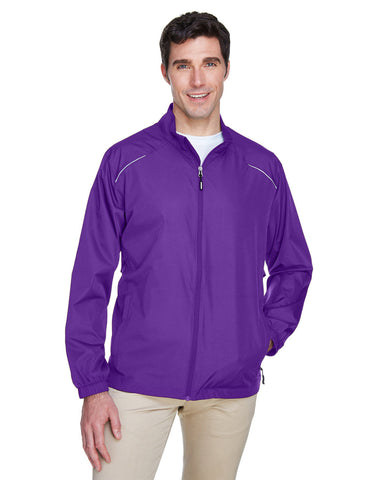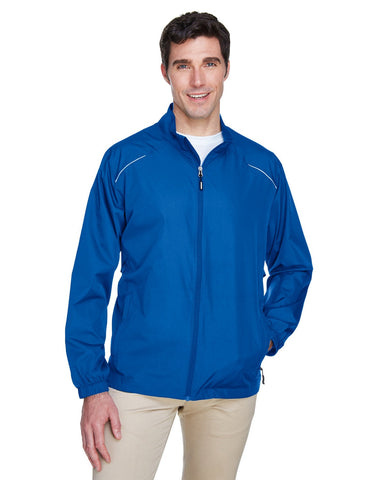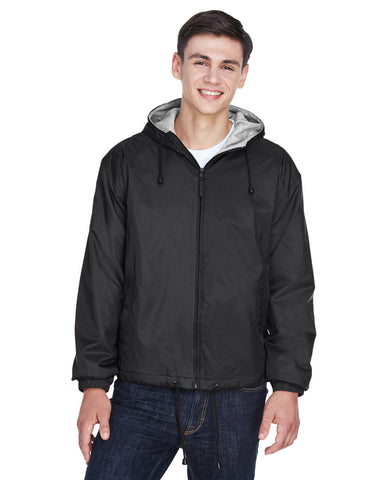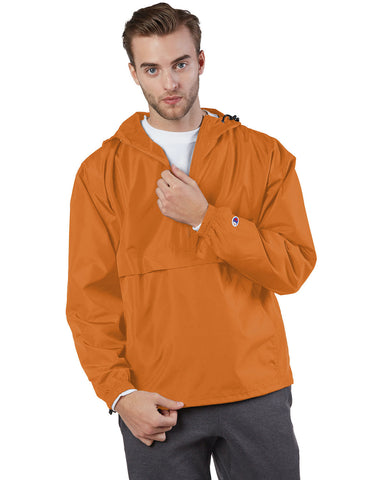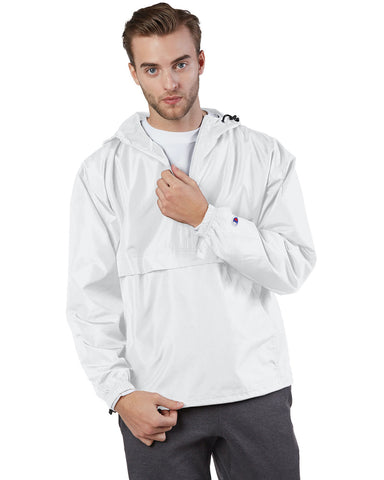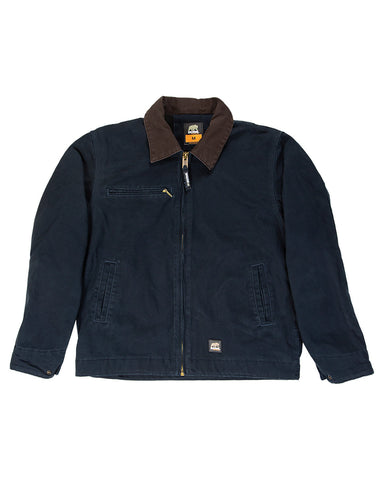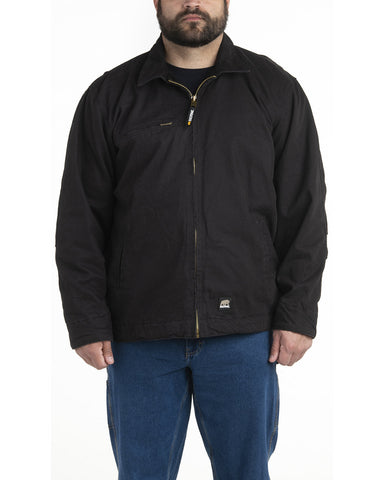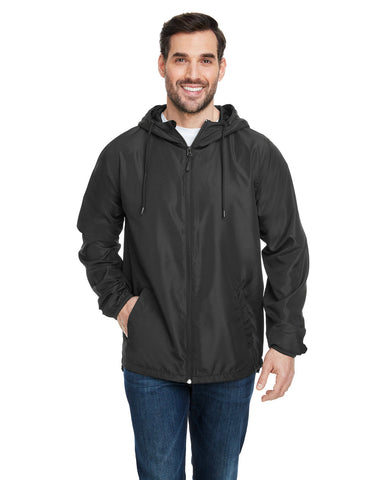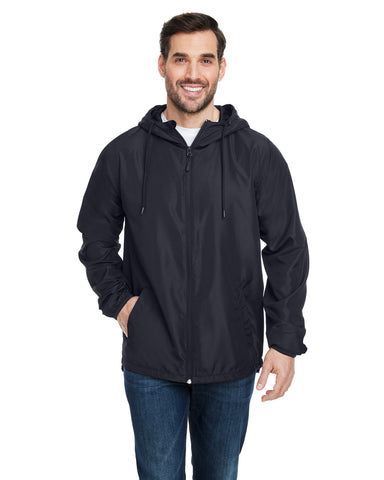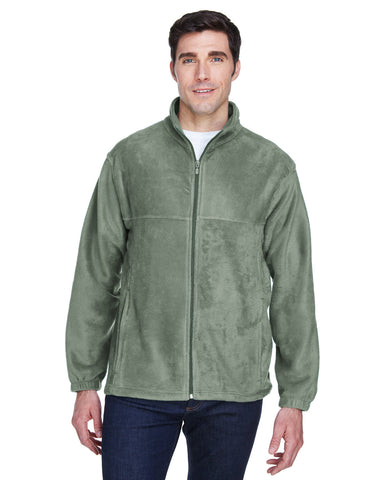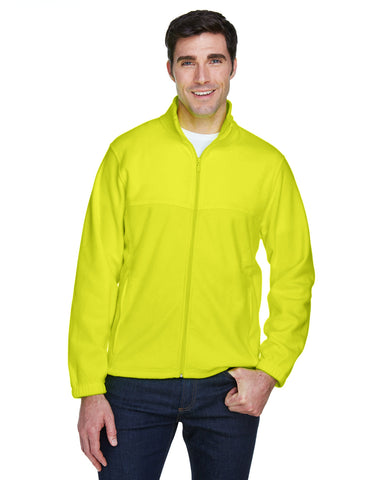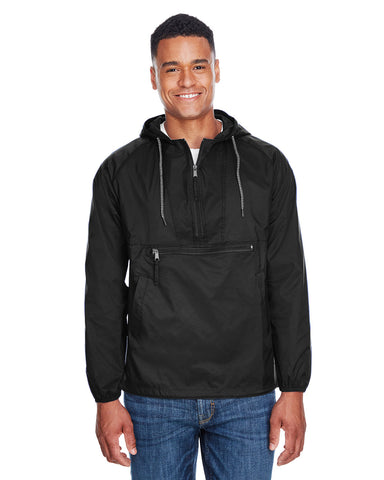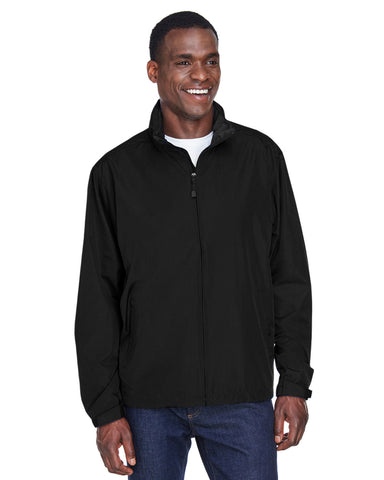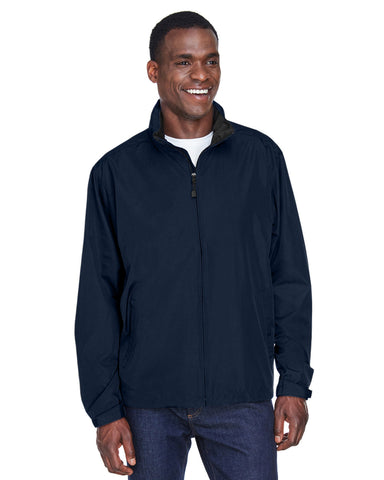Categories
Recent Articles
Featured Products
-
CAMPUS PURPLE
-
TRUE ROYAL
-
CAMPUS GOLD
-
CARBON
- + 8
Different Types of Shirt Printing That You Must Be Aware Of

Although there are many types of shirt printing methods, choosing the correct one is extremely crucial. Different t-shirt printing processes have varying efficiency; therefore, one approach may be acceptable for ten t-shirts but nearly worthless when printing a hundred t-shirts. Again, each procedure may be appropriate for certain textiles but completely inappropriate for others.
Before deciding on a printing process, consider how many colors will be used for each shirt design because not all methods permit the development of multi-color designs at the same time. Another reason why selecting a printing process is critical is that various methods have varied investment needs. While you may start making vinyl transfers with very little money, launching a screen printing or DTG business will demand significant investment.

Different Types of Shirt Printing Methods:
High-quality t-shirts may be printed using a variety of processes, including directly applying ink to the fabric, printing ink to a paper or transfer that is then attached to the fabric, and even cutting out vinyl to adhere to the shirt's fabric. Every approach necessitates the use of specific equipment and materials. Some require pricey commercial equipment, whilst others may do it with simple craft supplies. As a result, some forms of printing may have substantial start-up costs.
Another consideration is that some procedures perform better on specific fabric types, such as polyester over cotton. Following are some of the types of t-shirt printing methods:
- Screen printing
- Direct-to-Garments
- Plastisol transfer
- Dye sublimation
- Computer-aided Design
- Heat press printing
- Direct-to-garment printing
- Vinyl
Screen Printing:

Screen printing is among the highest-quality methods of t-shirt printing available, and it also allows for a great deal of creativity and artistry. It also happens to be one of the world's earliest printing processes! Use blank shirts for screen printing then make a negative of the desired design on a screen. The screen is then rolled with a special ink known as plastisol ink and pressed into the t-shirt. This drives the ink through the design's negative-space stencil, resulting in an image on the garment!
There are many ways to customize t-shirts through screen printing. Using specific chemicals to generate photo-realistic stencils on screens, you may construct complicated screen prints. You may also screen print in a basic way by creating a template for the screen with a Cricut. It has several benefits that make it a popular choice for both high-quality professional t-shirt designers and home artists.
For starters, it produces colorful, long-lasting patterns. The elevated and slightly hard sensation on top of the cloth is intentional, but the ink soaks into the fabric, making it more durable than an HTV design. Second, since you can utilize the ink screen you painstakingly put up for the first shirt, it provides a cost-effective option to create big orders for the same shirt. Finally, screen printing may be done on almost any fabric, from silk to cotton to polyester.
Direct-to-Garments:
This is another common types of shirt printing technique among professionals. It works similarly to office paper printing, and you'll need ink and a textile printer to get started. You load or create your designs onto the computer and then input them to the printer, which prints them on the t-shirt.
Plastisol Transfer:
Plastisol printing is becoming increasingly popular among t-shirt makers these days. This approach incorporates some of the fundamentals of screen printing and uses the same plastisol inks that are used in screen printing. The main distinction is that the artist transfers the ink on a dye sublimation transfer sheet rather than directly to the cloth. The transfer sheet is then thermally pushed into the t-shirt, resulting in a long-lasting, raised graphic on the fabric's surface.
To save money, some designers create a computer design and transmit it to a third party that can mass-produce it on plastisol sheets. The artist then applies the plastisol sheet on a shirt with heat.
Dye Sublimation:
If you've ever seen a t-shirt with a large graphic all over it, it was most probably printed using the dye sublimation process. This approach is best suited for light textiles, especially when printing a large pattern. Although dye sublimation is expensive to make, the finished design is highly clear and high resolution, and it pleases the clients. Dye sub is the greatest approach for creating beautiful graphics on polyester t-shirts. But don't make the blunder of showing up in cotton t-shirts; the design will most likely be terrible.
Computer-Aided Design:

This is another process that involves applying heat to transfer patterns onto fabric. In the vast majority of situations, the method is employed to print numbers, logos, and names.
The CAD-Cut technique is used to produce designs on colored vinyl, which are then heat-pressed into the t-shirt. If you are printing comparable patterns with one to three colors, the CAD-Cut approach is ideal.
Heat Press Printing:
Heat press printing is an excellent alternative for a beginning or at-home artist, but it may not always provide the high quality that other processes give. Having said that, several professionals or small company owners effectively sell heat press printed shirts. A heat press printer prints a design from a computer using an inkjet or laser printer. You must print on a particular type of paper known as an iron-on transfer. The design is then ironed, or heat pressed into your shirt! Because of its simplicity and inexpensive initial investment, this approach is ideal for at-home designers. It enables you to make complicated drawings or images just as effortlessly as on paper. It normally does not work on dark-colored shirts since the graphics do not show up effectively against a bright background. Finally, because this procedure requires high heat, it cannot be used on heat-sensitive fabrics.
Direct-To-Garment Printing:
The procedure is precisely as it sounds: a special printer puts thin ink directly into the material of the t-shirt! This means you may quickly make any design that can be printed on paper. You may use a lot of colors, make complicated drawings, or even utilize images. Because the ink soaks into the fabric of the shirt, the pattern feels soft to the touch rather than producing a rigid layer on top of the cloth. Another benefit of this strategy is that it allows you to swiftly fire off each design after another without any complicated setup. A competent DTG printer will cost you anything between $10,000 and $500,000. So, if you want to establish a t-shirt company, this start-up cost is certainly worth it, but this is not the ideal option for a home artist! While you can set up and run a DTG printer easily if you grasp the principles of the technique, you will need some knowledge of graphic design to build up the designs on a computer first.
Finally, while DTG designs are visually appealing, they do not last as long as other types of patterns.
Vinyl:
One of the most common types of shirt printing techniques for pros and home artists is using heat transfer vinyl. HTV vinyl is a type of vinyl with one ornamental side and one covered in a heat-activated adhesive. You may cut out words, logos, or even complicated designs from the vinyl and then seal the cut-out onto the cloth using heat. Many artists utilize vinyl in place of ink for shirt printing to produce raised, long-lasting images on t-shirts. To make vinyl designs, large-scale professional operations would most likely employ massive commercial cutting equipment. At-home artists, on the other hand, appreciate this approach since you can manufacture your vinyl cut-outs using a basic electronic cutting machine like a Cricut.
What Are the Criteria For Choosing The Printing Method?
Nowadays, we are fortunate to have a wide range of types of shirt printing alternatives. Depending on your objectives, you may select a technique that will satisfy your goals while ensuring the highest quality possible.
Here are some of the considerations you should make:

Suitability With Various Fabrics:
Not all procedures are appropriate for all fabrics. If you want to do oversized t-shirt printing that is made with thick fabric, dye sublimation is the last thing you want to do since it will damage it. Each procedure has a suggested fabric type, which should be checked ahead of time.
Production Speed:
If you require thousands of shirts printed quickly, you do not want to go with a sluggish approach. Usually, it is fairly evident if one choice is suitable for single or large manufacturing, so make certain to look into it.
Cost:
Printing costs might vary substantially. For individuals on a strict budget, there are more economical solutions. Additionally, if you wish to begin implementing any of the procedures at home, you should consider the cost of extra equipment and materials.
Conclusion
Thanks to advances in technology, we can get different types of t-shirt printing options The majority of the processes offer very high-quality design reproduction. You may also use your imagination and experiment with different colors and patterns to achieve your goals. Check if the color and material of your t-shirt are suitable for a specific printing process.
These may be the most crucial element influencing the outcome. When you're finished with the planning, all you must do is use one of the strategies stated above and enjoy the results.
Read: 5 Things You Should Know Before You Get Your Customize Blank T-Shirts
Featured Collection
-
CAMPUS PURPLE
-
TRUE ROYAL
-
CAMPUS GOLD
-
CARBON
- + 8
-
CAMPUS PURPLE
-
TRUE ROYAL
-
CAMPUS GOLD
-
CARBON
- + 8
-
FOREST GREEN
-
BLACK
-
RED
-
ROYAL
- + 2
-
WHITE
-
PINK CANDY
-
LIGHT BLUE
-
ORANGE
- + 3
-
MIDNIGHT
-
BLACK
-
CAMPUS PURPLE
-
TRUE ROYAL
-
CAMPUS GOLD
-
CARBON
- + 8
-
CAMPUS PURPLE
-
TRUE ROYAL
-
CAMPUS GOLD
-
CARBON
- + 8
-
STEEL
-
BLACK
-
GREEN CAMO
-
BLACK CAMO
-
Dill
-
Safety Yellow
-
Red
-
Hunter
- + 6
-
Navy
-
Safety Yellow
-
Dill
-
Hunter
- + 7

